The 1970s were a golden era for restaurant chains, and if there was one thing that set them apart, it was their gimmicks. Whether it was a unique theme, a flashy mascot, or an over-the-top dining experience, these restaurants knew how to grab attention and keep customers coming back for more. Some of these chains are still around today, though their original gimmicks have faded, while others have vanished entirely. Let’s take a look at 12 restaurant chains from the ’70s that had the best gimmicks.
1. Royal Castle – Tiny Burgers with a Side of Fresh Orange Juice
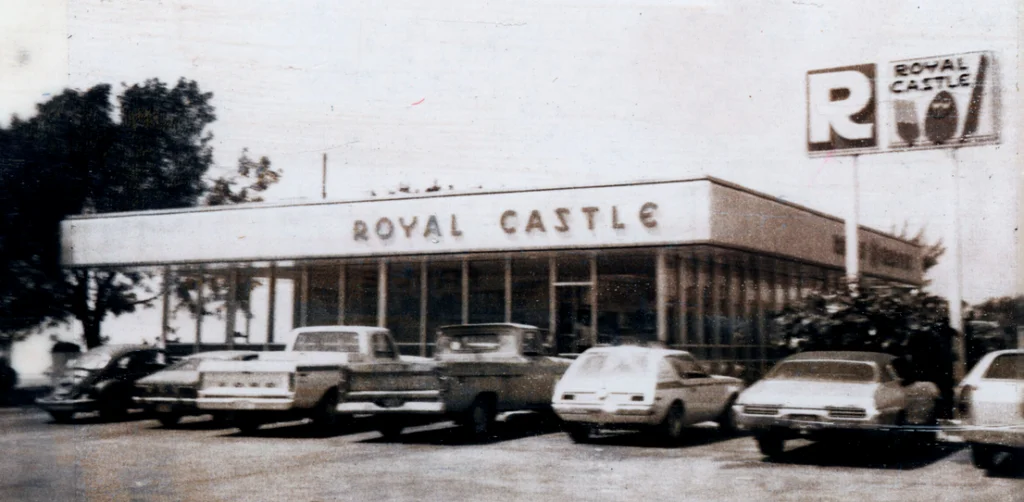
Royal Castle was a burger chain that tried to set itself apart from White Castle by focusing on two things: super-small burgers and fresh-squeezed orange juice. The idea of drinking real, fresh orange juice with a greasy slider might seem strange now, but it became part of the chain’s signature appeal. The restaurants were also open 24 hours, making them a popular late-night stop. Though it never grew as large as its competitors, the quirky combination of sliders and OJ gave Royal Castle a special place in ’70s fast-food history.
2. Steak and Ale – The Fancy Steakhouse That Felt Like a Bargain
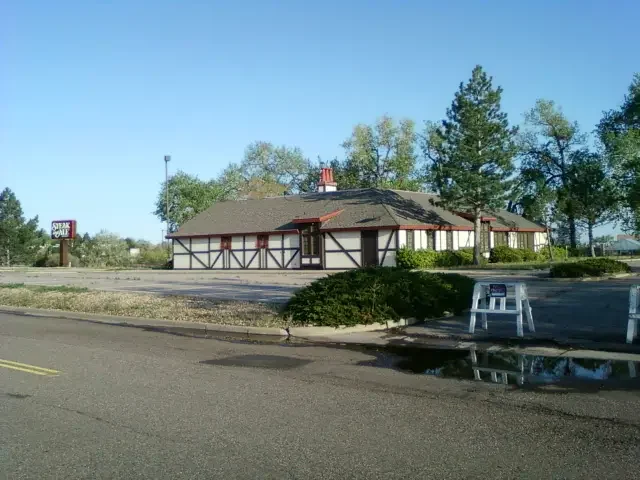
Steak and Ale made diners feel like they were getting a high-end steakhouse experience at casual dining prices. With its dark wood-paneled interiors, candlelit tables, and servers dressed like they were working in a medieval tavern, it offered a classy atmosphere without breaking the bank. The chain was also known for its unlimited salad bar—an absolute novelty in the ’70s. While the chain eventually faded, its influence can still be seen in modern casual steakhouses.
3. Burger Chef – The First Fast-Food Meal Deal
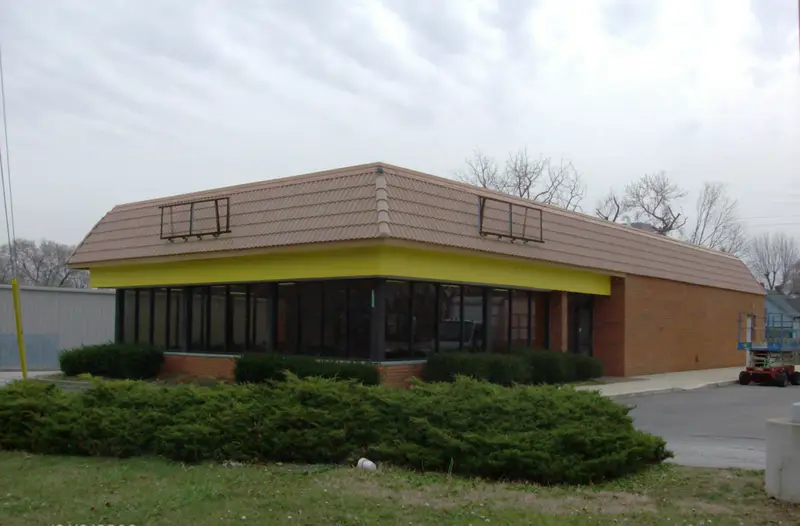
Before Happy Meals took over the world, Burger Chef introduced the Funmeal, a kid’s meal with a toy and collectible packaging. The chain was one of McDonald’s biggest competitors in the ’70s, with a build-your-own-burger bar that made it feel more interactive than just grabbing a pre-made sandwich. It also had memorable mascots like Burger Chef and Jeff, who promoted its fun-first approach to fast food. Though it eventually disappeared, its gimmicks paved the way for many fast-food traditions we still see today.
4. Farrell’s Ice Cream Parlour – The Ultimate Birthday Destination
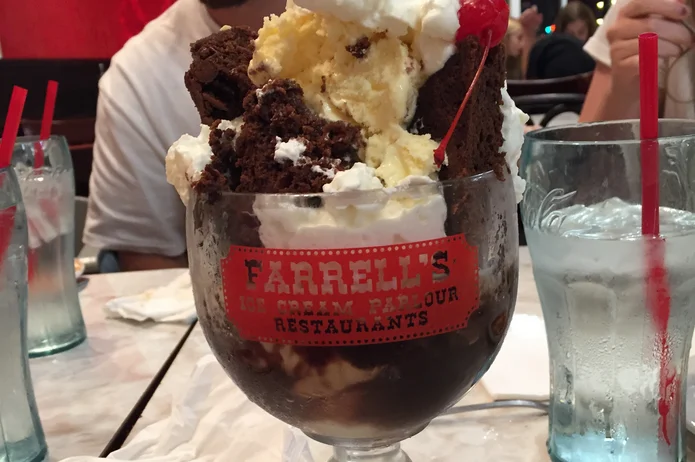
Farrell’s wasn’t just an ice cream shop—it was an experience. The moment you walked in, you were surrounded by old-timey decor, waiters in straw hats, and the sound of drums and kazoos celebrating someone’s birthday. If you were brave enough, you could order The Zoo, a massive ice cream sundae carried out on a stretcher while staff ran through the restaurant, making a huge scene. It was loud, chaotic, and completely unforgettable.
5. Shakey’s Pizza – Where the Party Never Stopped

Shakey’s wasn’t just about pizza—it was about entertainment. Many locations featured player pianos, Dixieland jazz bands, and windows into the kitchen where kids could watch their pizzas being made. The buffet-style dining, with its famous “Mojo” potatoes, gave families an affordable way to enjoy a night out. It was one of the first chains to mix food with fun, a concept that later inspired places like Chuck E. Cheese.
6. Arthur Treacher’s Fish & Chips – British Fast Food, American Style
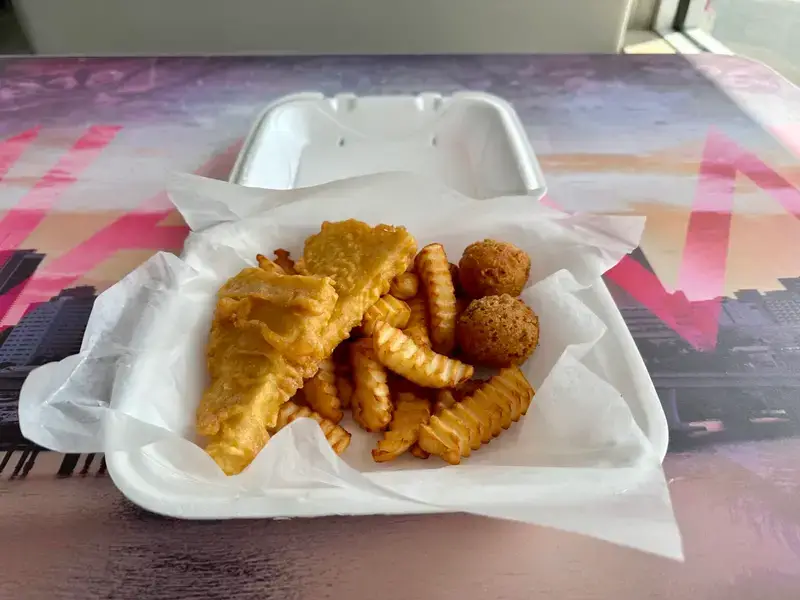
Arthur Treacher’s brought a taste of England to American fast food, with its crispy fish fillets and malt vinegar-drenched fries. The chain leaned heavily into its British theme, complete with English-style packaging and an old-timey logo featuring Treacher himself (who was actually a real-life British actor). It was one of the first major seafood fast-food chains, offering an alternative to burgers and fries. While only a few locations remain, it still holds a special place in fast-food history.
7. Bob’s Big Boy – The Original Drive-In Diner
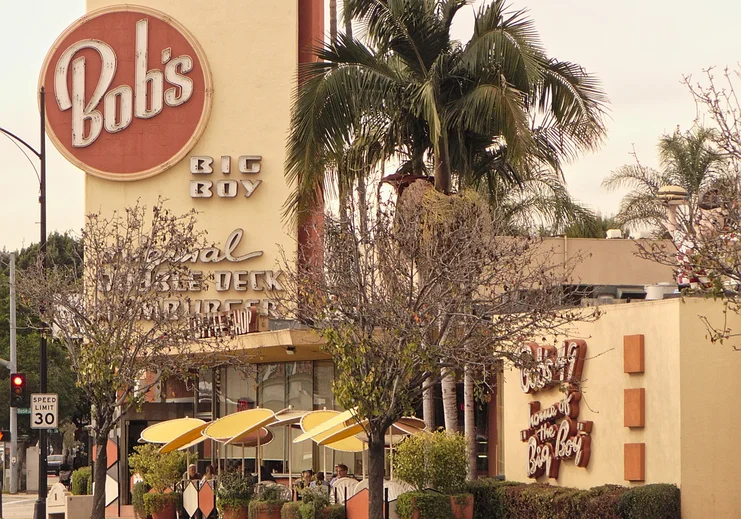
Bob’s Big Boy was already popular before the ’70s, but this was the decade where it leaned into its nostalgic Americana appeal. The chain’s Big Boy mascot, with his signature checkered overalls and giant burger, became an icon of roadside dining. Many locations kept their old-school car-hop service, where waitresses on roller skates would deliver burgers and shakes straight to your car. The Big Boy name is still around, but the original charm of the ’70s locations has largely faded.
8. The Magic Pan – The Fancy Crepe Chain
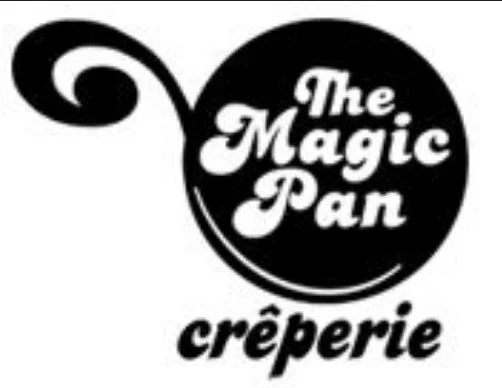
The Magic Pan tried to introduce America to upscale French dining with a casual twist, offering an entire menu centered around crepes. The gimmick? An open kitchen with a massive automated crepe machine, where diners could watch as their delicate pancakes were cooked to perfection. It felt elegant but accessible, making French cuisine seem less intimidating. Though the chain didn’t last, its unique concept still makes it one of the most memorable restaurants of the era.
9. Chi-Chi’s – The Over-the-Top Mexican Fiesta

Before Mexican food was mainstream in America, Chi-Chi’s made it feel like an event. With giant sombreros on the walls, endless margaritas, and fried ice cream served with a sparkler on top, it was all about fun, flashy dining. The gimmick was the party atmosphere—waiters would sometimes burst into song, and the whole place felt like one big fiesta. Though the chain is long gone in the U.S., its impact on how Americans view casual Mexican dining is undeniable.
10. Howard Johnson’s – The Chain with the Iconic Orange Roof
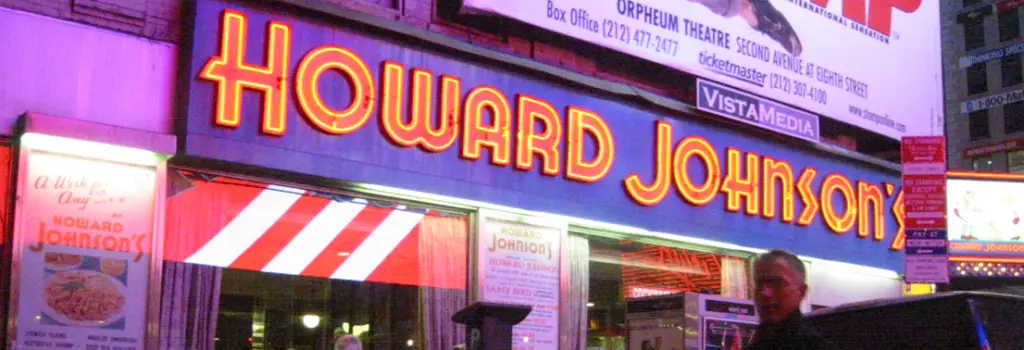
Howard Johnson’s was both a restaurant and a roadside staple, with its famous orange roofs dotting highways across America. The chain was known for its fried clam strips, 28 flavors of ice cream, and the promise of reliable comfort food no matter where you traveled. The gimmick was consistency—HoJo’s was one of the first places where you could stop anywhere and know exactly what you were going to get. Though only one location remains today, its legacy lives on in nostalgia.
11. Ponderosa/Bonanza Steakhouse – The Wild West Buffet
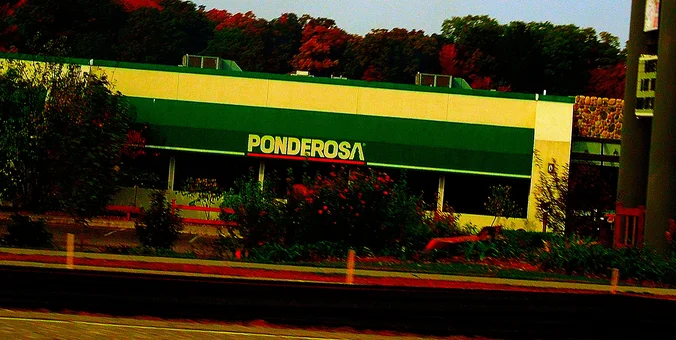
Ponderosa and Bonanza took the steakhouse experience and turned it into a cowboy-themed buffet, making diners feel like they were in an Old West saloon. The gimmick was the all-you-can-eat salad bar, which quickly became more of an attraction than the steaks themselves. With rustic decor, cowboy imagery, and affordable prices, it was a hit for families who wanted a taste of the frontier without breaking the bank. While the chains still exist in some form, their Wild West branding has mostly disappeared.
12. Chuck E. Cheese’s – Where a Kid Could Be a Kid
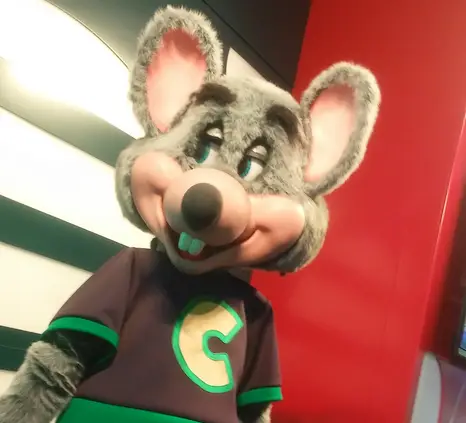
Though it launched in the late ’70s, Chuck E. Cheese’s became the birthday party destination in the decade to follow. The gimmick? A mix of arcade games, robotic animatronic shows, and pizza that was secondary to the entertainment. The combination of food and playtime made it a hit, even if those animatronic animals were slightly terrifying. While Chuck E. Cheese’s still exists today, its original gimmicky magic has faded with time.
These restaurant chains knew how to get customers in the door with creative, sometimes wacky gimmicks. Whether it was giant dachshund heads, roast beef “fine dining,” or sliders with fresh orange juice, they all made dining in the ’70s a little more fun—and a lot more memorable.


